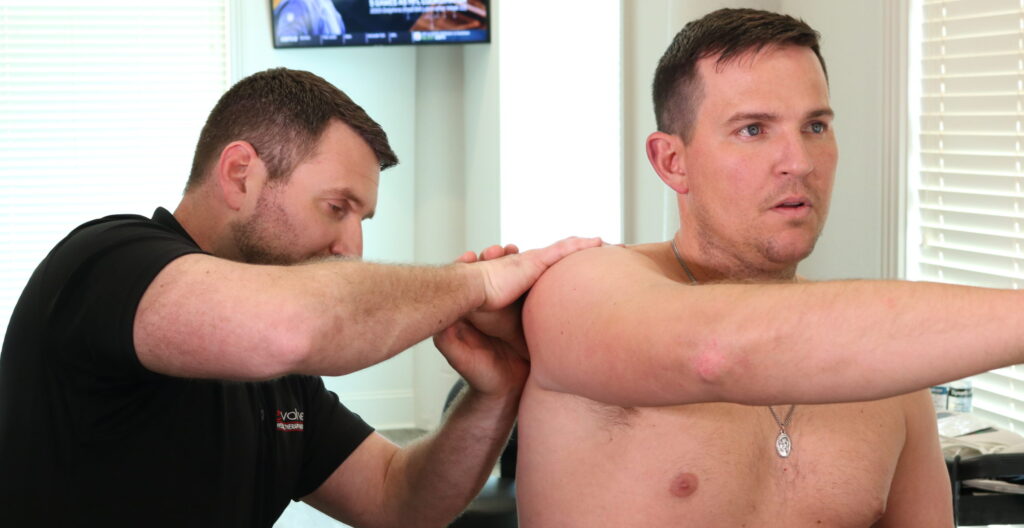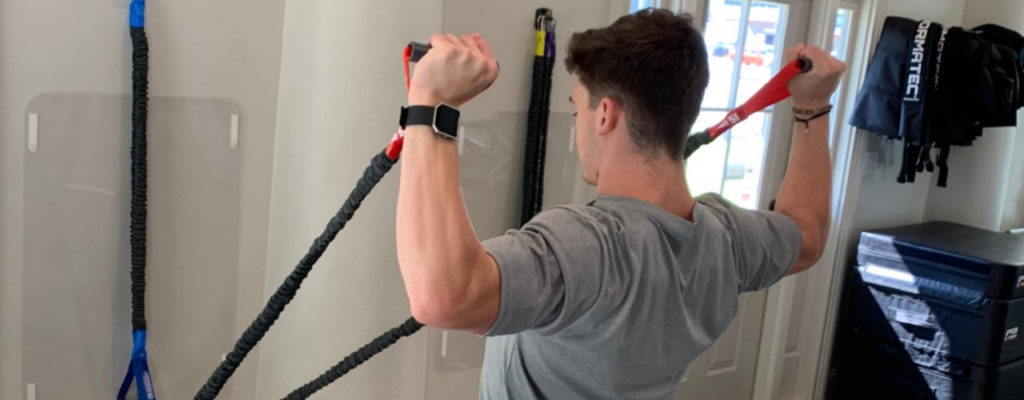Physical therapists and other healthcare professionals commonly use manual therapy techniques to treat musculoskeletal conditions and promote recovery. Two widely employed techniques are mobilization and manipulation. While both involve hands-on techniques aimed at improving joint function and reducing pain, they differ in their approaches and applications.
What is Mobilization in Physical Therapy?
Mobilization techniques, which may involve oscillatory movements, sustained pressure, or stretching of soft tissues surrounding the joint, can vary in intensity. These gentle, passive joint or soft tissue movements performed within a patient’s pain-free range of motion aim to restore normal joint function, increase flexibility, and alleviate pain.
Healthcare professionals often use mobilization for patients with acute or chronic musculoskeletal conditions, such as osteoarthritis, tendonitis, or sprains. It is particularly beneficial for individuals who may be sensitive to high-velocity techniques or those with conditions that require a more cautious approach. Rehabilitation specialists can also employ mobilization as part of a comprehensive rehabilitation program to improve joint mobility and prepare the body for therapeutic exercises.
What is Manipulation in Physical Therapy?
Manipulation involves applying a quick, controlled force to a joint beyond its passive range of motion. This rapid movement aims to overcome joint restrictions, realign spinal segments, and restore normal joint function. Manipulation often produces an audible “pop” or “crack,” which is caused by the release of gas bubbles within the joint fluid.
Manipulation is typically used for conditions involving joint dysfunction, such as spinal misalignment, joint stiffness, or restricted movement. Due to the potential risk of injury, it is generally not recommended for individuals with certain medical conditions, such as osteoporosis, spinal instability, or recent trauma.
Choosing Between Mobilization and Manipulation in Physical Therapy
The decision to use mobilization, manipulation, or both depends on various factors, including the patient’s condition, preferences, and treatment goals. Healthcare professionals carefully assess each patient to determine the most appropriate manual therapy technique.
Patients sensitive to sudden movements or requiring a more conservative approach may prefer mobilization. Healthcare providers can tailor it to accommodate different pain and tolerance levels, making it suitable for a wide range of individuals.
Patients with specific joint restrictions or mechanical dysfunctions that do not respond to mobilization alone may require manipulation. When performed by a skilled practitioner, manipulation can relieve rapid pain and restore normal joint function.
Manual Therapy Services in Baton Rouge
Mobilization and manipulation are both valuable manual therapy techniques used to address musculoskeletal conditions and promote recovery. While mobilization involves gentle, passive movements within a pain-free range, manipulation utilizes quick, controlled forces to overcome joint restrictions. By understanding the differences between these techniques, healthcare professionals can effectively tailor treatment plans to meet the needs of each patient, optimizing outcomes and promoting long-term musculoskeletal health.
Schedule a consultation with Evolve Physical Therapy to explore how manual therapy can improve your musculoskeletal health today.


